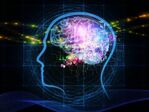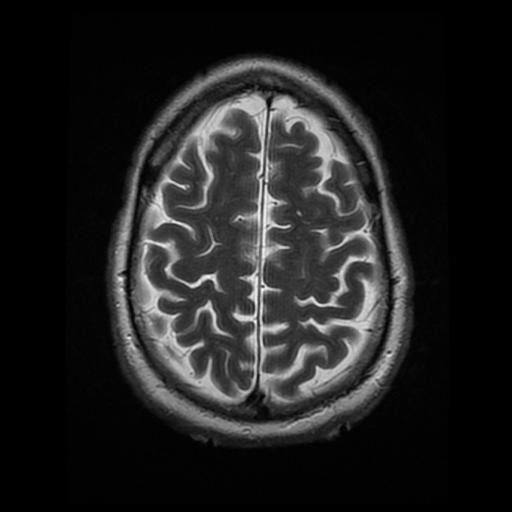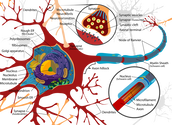Click here to read about the psychological implications of these brain functions. This information is key to understanding our own needs and those of others.

Your brain controls, through an analysis of incoming stimuli via the senses, the processes of thinking, moving, speaking, and feeling (emotionally). The workings of your brain becomes the basis of your personality. Consider the definition of personality by The American Psychological Association: “characteristic patterns of thinking, feeling and behaving”. Restated, your actions, feeling, and thoughts have a pattern; that pattern stems from what is in the brain.
Understanding our brain (mind) is similar to being health conscious about our heart and lungs. When we know what helps our organs function best, we have a greater chance of living a healthier life. When we understand our brain’s functions better, we have a greater chance of living a socially and emotionally healthier life.
The brain is a large tissue that is part of the body’s nervous system. It is nourished with blood and protected by the skull and cerebrospinal fluid. Like all living things, it is made of cells. Brain cells are the most complicated cells of the body because they are so varied and complex in function. Luckily, there are just two main kinds that you need to know about.
Your brain controls, through an analysis of incoming stimuli via the senses, the processes of thinking, moving, speaking, and feeling (emotionally). The workings of your brain becomes the basis of your personality. Consider the definition of personality by The American Psychological Association: “characteristic patterns of thinking, feeling and behaving”. Restated, your actions, feeling, and thoughts have a pattern; that pattern stems from what is in the brain.
Understanding our brain (mind) is similar to being health conscious about our heart and lungs. When we know what helps our organs function best, we have a greater chance of living a healthier life. When we understand our brain’s functions better, we have a greater chance of living a socially and emotionally healthier life.
The brain is a large tissue that is part of the body’s nervous system. It is nourished with blood and protected by the skull and cerebrospinal fluid. Like all living things, it is made of cells. Brain cells are the most complicated cells of the body because they are so varied and complex in function. Luckily, there are just two main kinds that you need to know about.
Why it matters

When we, as educators, understand the functions and processes of the brain, we are better equipped to create and environment that will help our students develop a healthier (hence, more successful) life.
|
The Parts: The neurons and the glia There are four types of glial cells. These cells guide developing neurons in the early stages of brain growth, protect and nourish neurons and clean up dying neurons. Neurons account for only one tenth of the cells in the brain, but they, along with the neurotransmitters (brain chemicals), are responsible for recording how to function (moving, breathing, seeing) and how to act, think and feel. |
Photos used under Creative Commons from A Health Blog, woodleywonderworks, hatcher10027




